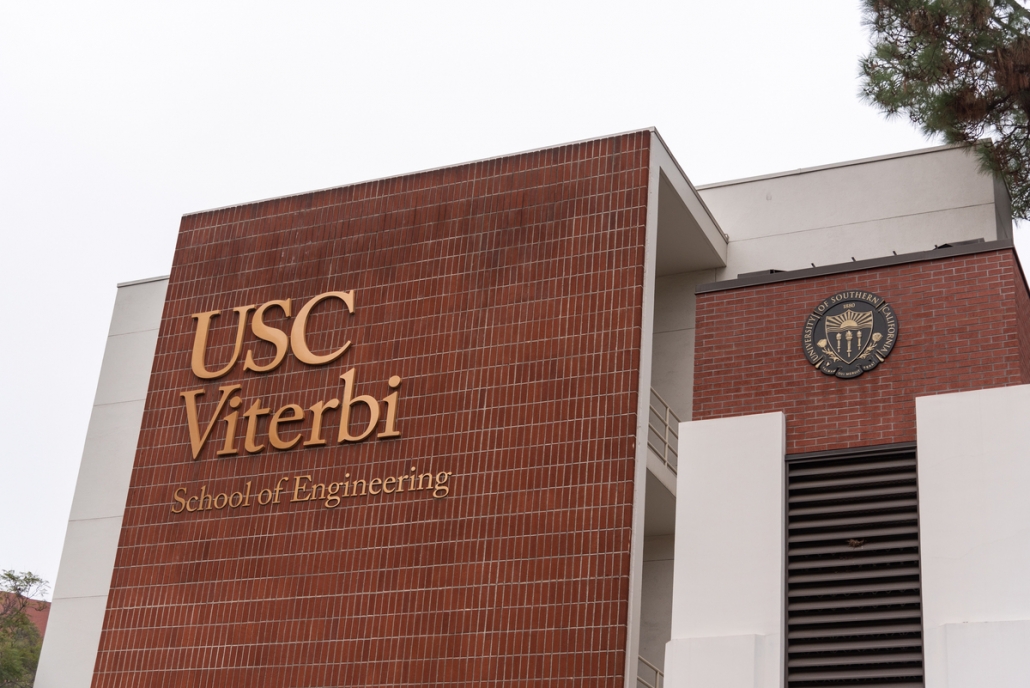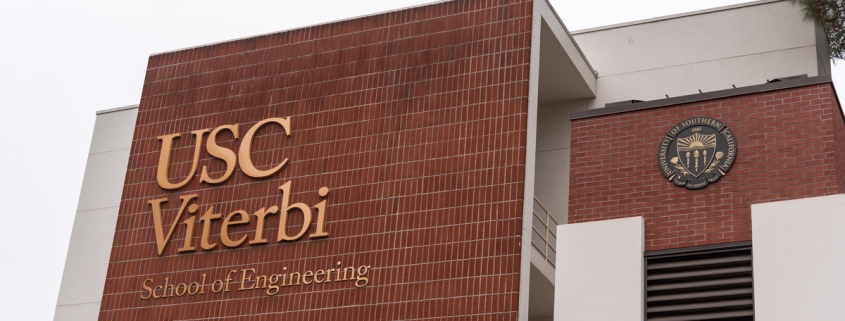USC researchers in development stage of a coronavirus vaccine

While most students and faculty are away from campus in adherence to social distancing guidelines, researchers at the USC Center for ImmunoEngineering laboratory are one of the few exceptions to that rule.
The researchers work for nearly three hours every day, performing trials to develop a vaccine to treat the coronavirus. Led by Pin Wang, a Zohrab A. Kaprielian Fellow in Engineering, the lab uses engineering tools to research the immune system.
The team of researchers, including three doctoral students, began designing the vaccine in February after realizing the severity of the coronavirus spread in China, said Wang, a Viterbi School of Engineering professor of chemical engineering. After realizing the effect the virus may have globally, Wang’s team mobilized its efforts to engineer a hybrid virus last month when the pandemic outbreak intensified in Los Angeles County.
“We have already designed the direction and structure and have already [been] in the process of making [a vaccine],” Wang said. “It became apparent that [the pandemic] will become a major problem in the U.S., particularly in California, and that’s when we start to really pick up the work.”
Wang said the vaccine has relied on engineering a hybrid virus that contains spike proteins, a protein on the surface of the cell membrane, from the coronavirus. Since the hybrid virus can produce antibodies against the virus, helping human bodies recognize and attack the virus, it can be used as a vaccine.
Next month, the team of researchers plans to conduct an animal study, where they will first place the hybrid virus in a mouse to test the virus effectiveness in inducing an immune system response that includes the production of antibodies. Later, the team may perform testing on other animals to further determine the hybrid virus’ effectiveness. Wang said the team is still in the process of making the hybrid virus and hasn’t done much testing yet.
“[We need] to, first of all, validate the viral system,” Wang said. “Secondly we need to, more importantly, test the immunogenicity of this viral vector [hybrid virus], which means it has to be tested and dependable.”
Wang said inducing antibodies is a sophisticated process, and the team chose the approach as a last resort in case developing a vaccine is unfeasible for other institutions working on other vaccines. Vaccines with inactive or weakened coronavirus viruses, which immunize against the virus without infecting the host, are in the process of human testing in China and the United States.
“We don’t know how easy the [coronavirus] vaccine is going to [develop],” Wang said. “If it’s easy, then we probably do not need such a sophisticated [method], but if it turns out that other [vaccines] don’t work out very well, then [our vaccine] would be very important for backup.”
Xianhui Chen, a graduate student studying pharmaceutical sciences and one of the doctoral student researchers, said her responsibilities performing experiments in the lab include rotating daily with her co-workers to follow social distancing guidelines and meeting online each day to discuss what researchers accomplished the day before, any issues that arose from experiments and updates regarding next steps in their research plan.
“Our lab has the virus platform that we have established for years, so it can be convenient and efficient for us to step into vaccine development,” Chen said.
When Chen was invited to join Wang’s research team mid-March she said she immediately accepted since she wished to contribute to finding a cure for the virus. Chen also said that before joining the team, she volunteered at the U.S.-China Health Summit to learn about ongoing research involving the pandemic March 1 including the development of drugs for treatment and prevention measures.
“As scientists we always want to help with the [pandemic] situation to change it, to improve it,” Chen said. “The best way that we can contribute is through our expertise, knowledge and experience in this field.”
Yun Qu, a doctoral student part of the research team studying chemical engineering, has worked in Wang’s immunoengineering research lab for four years, so she was familiar with the techniques used to develop the vaccine, which include using viral vectors to deliver material into cells, before joining Wang’s vaccine research. Qu said she finds comfort in performing the same procedures but on a more impactful scale.
“It feels good to still be able to go to the lab every day and continue working, especially working for this project that can actually make a difference, make an impact to the current situation,” Qu said.
Wang said he has been working with vaccines and the immune system for more than 15 years and considers the vaccine essential to controlling the coronavirus’ spread and ending the pandemic.
“We all recognize eventually to combat [the coronavirus] and trying to make everyone get [back] to normal life, the vaccine is essential,” Wang said. “We feel like this is important, and we are trying to do our best.”

